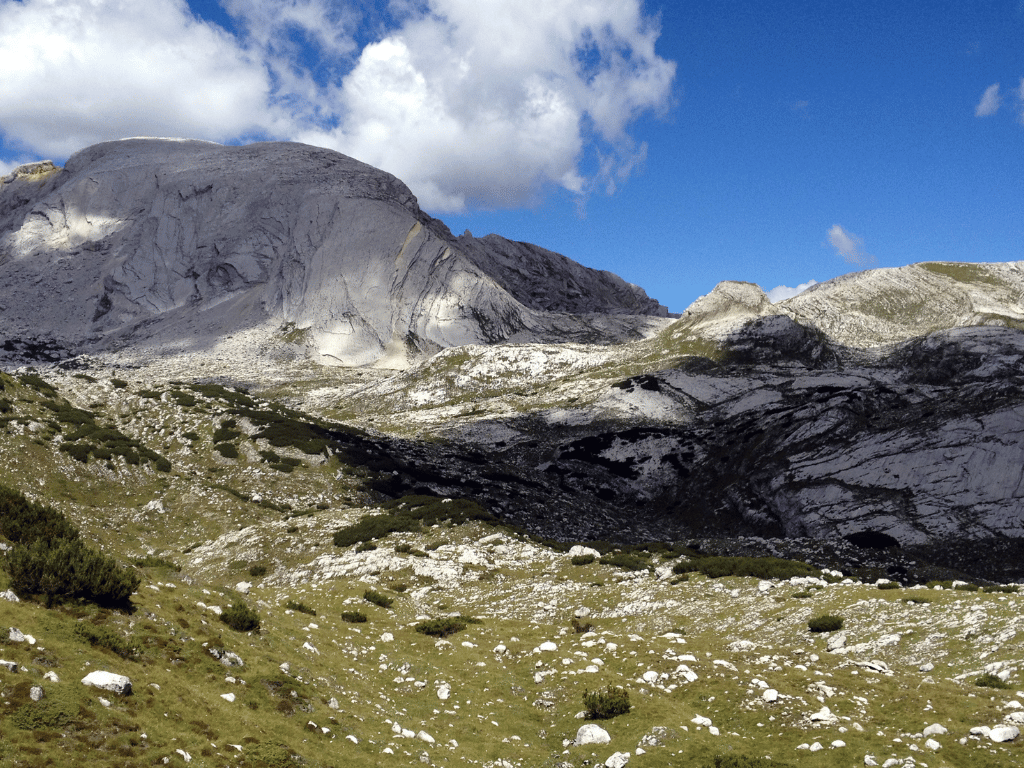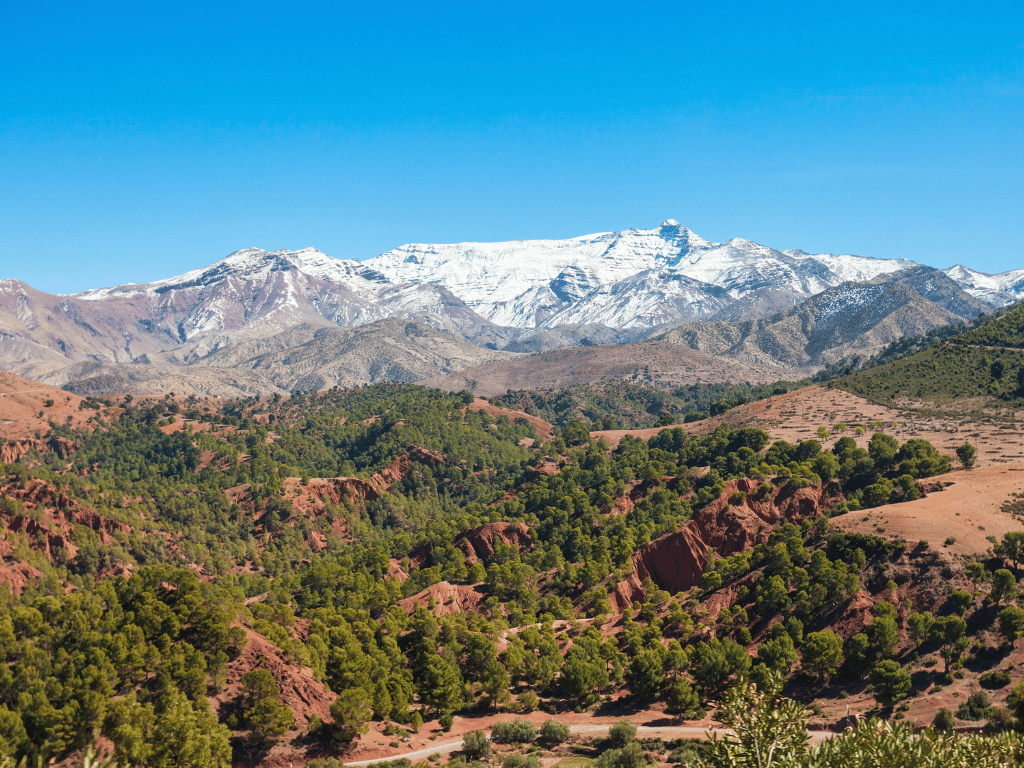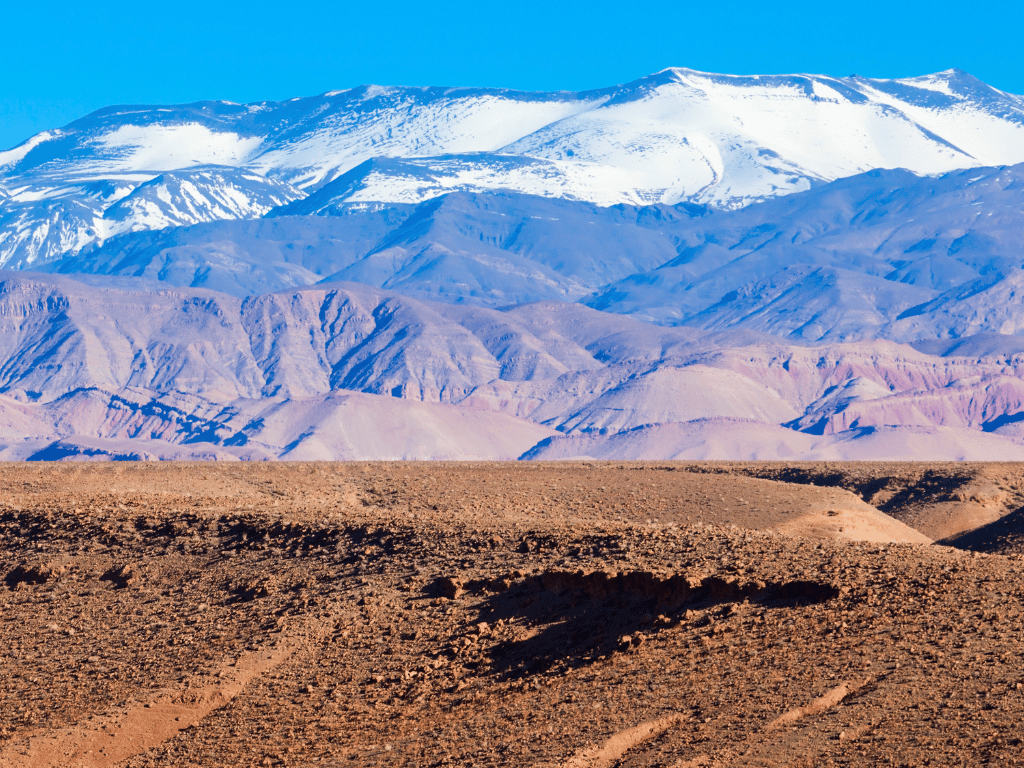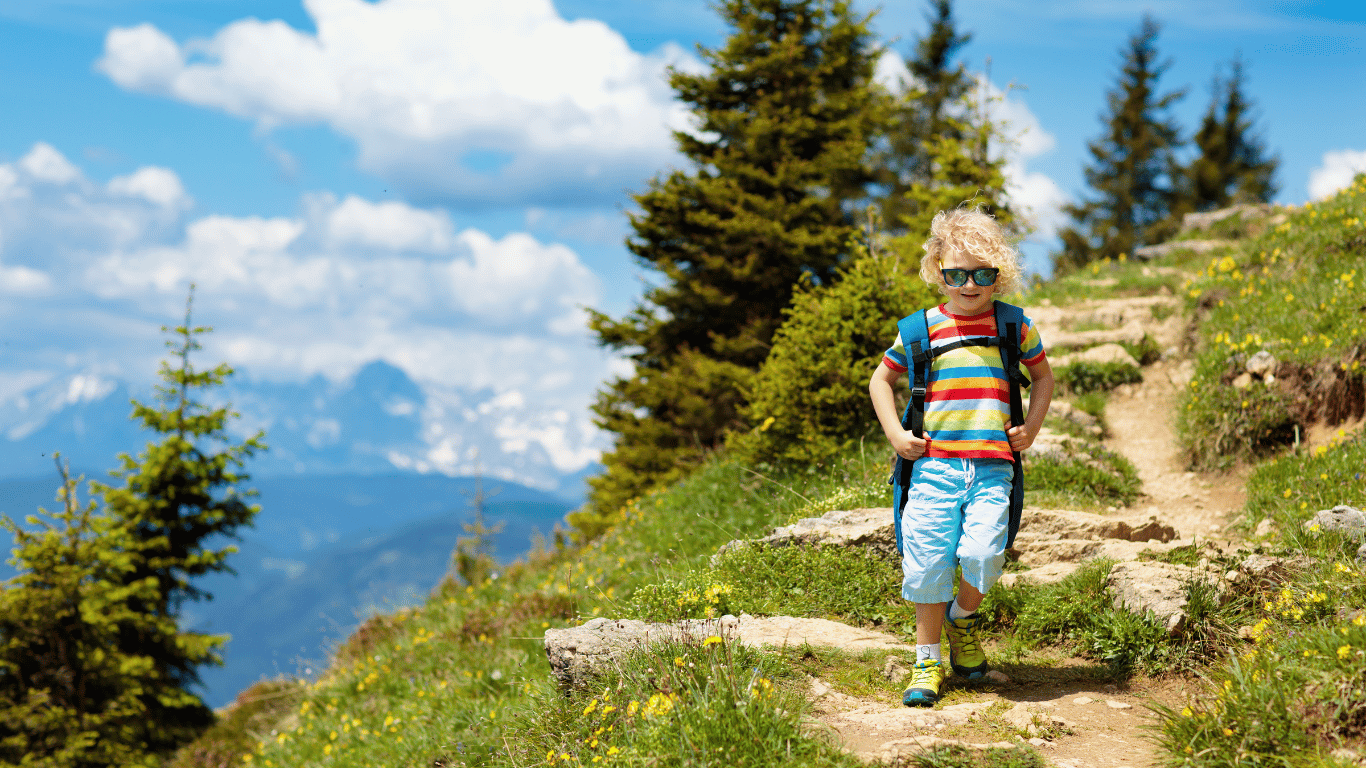The Rif Valley Mountains hike in northern Morocco is a panoramic and culturally rich place. And it is easy and inexpensive to reach from Europe. The people in this place call themselves Jbala. Which means “mountain people”.Most of them are Berber, the original residents of North Africa. They adopted the Arabic speech from the 10th century. However, this Arabic is influenced by the Berber Amazigh language and Spanish.
The Hike
The Rif Valley Mountains hike is staggering, offering an exceptional encounter where you’ll have these stunning scenes all to yourselves. During our climb in late December, we experienced just two different gatherings on the way all through the whole day, featuring the serenity of the district. At the same time, it might get a piece more occupied at the end of the week. The feeling of isolation and association with nature stays unrivaled.
There are two unmistakable climbs in Akchour — one prompting God’s Scaffold and the other to the cascades. Assuming you go to the right, you’ll set out on the path toward God’s Extension. Turning left will lead you to the charming cascades. Despite our aggressive spirit and the aim to conquer both climbs in a single day, the limited daylight in December allowed us to reach only God’s Scaffold. We ventured only halfway to the cascade.
Certainly, with an entire day available to you, you can achieve the two climbs, drenching yourself in the diverse beauty of the Rif Valley Mountains.
Getting there
Akchour is around a 45-minute drive from Chefchaouen. If you have employed a driver, such as Dunes Line Tours, to bring you around Morocco, then you can use your car. If not, there are Grand Taxis just outside the medina that can take you. Just request your riad to point you in the correct direction. I’ve read that it could cost about USD 10.
Tap Insider TIips
- The trails are not well-marked, and authorities can often close them without signage.
- For example, there are other ways to God’s Bridge. The most famous is the one that follows the river and ends at a swimming hole under the bridge. Unfortunately, when we were there, a number of the wooden bridges that crossed the river were destroyed by floods. Our guide prescription works at the Casa Perleta, a little inn in the medina, and he frequently takes visitors on day trips to Akchour, a small hotel in the medina, and he often brings visitors on day tours to Akchour. He also hosts visitors at his home for a classic Moroccan dinner.
- Wear sunscreen no case the time of year.
- Make certain to wear sturdy sneakers.
- Note the hike to God’s Bridge is pretty harsh. The hike to the little waterfall was much easier.
- If you’re there during the warmer months, make sure to get a swimsuit so you can swim in the pools.
- We experienced a significant temperature difference in December. While it was quite cool in the shadows, running up a huge mountain left us drenched.
- . Then, we must wear sweatshirts and hike in the shadow of the trees to the waterfalls. Bring a hat and sunglasses for study. These are my favorite pants for hiking!
- Carry water, toilet paper, wet wipes or hand sanitizer, and cash. There is a snack stand and toilets at the beginning of the hike to the waterfall, but you’ll require your toilet paper and a few dirhams. It’s better of a hole in the ground.
- Come hungry because there are excellent lunch options on the hike! There are stands along the hike that sell tagine. During the summer, they are open every day, but in the off-season, they may only be available on the weekend.
Morocco 4 peaks to explore for unique hikes
The Moroccan Rif, a trek between cliffs and sea

On the shores of the Mediterranean, the Rif, Morocco’s northernmost area, presents a varied terrain between plains and peaks. From Tangier to Moulouya, the river on which the massive Mohamed V dam was built, hikers locate splendid rough landscapes. The city of Chefchaouen, with its blue tones, is a step not to be ignored, just like Mount Tidighin, the tallest point in the Rif mountains (altitude of 2,456 m), at 121 km. Its ascent is an opportunity to discover charming towns and enjoy incredible panoramic views.
The Middle Atlas, a hike at the heart of nature

Starting from Fez, which is thought to be the artistic capital of Morocco, you set off for the Middle Atlas. Night after night, you bivouac in unique settings, particularly after learning about the cedar forest of Azrou, an authentic Berber village at an altitude of 1,200 m. There is no lack of descriptions, such as “Moroccan Switzerland,” “green lung,” etc., to depict this mountain with an endless wealth of biodiversity and landscapes. Ifrane National Park, overlooked by Mount Bou Nasser (3,456 m), is a must.
The High Atlas, the sky within hand’s reach

Welcome to the “roof of Morocco”. In this setting, hikers are spoilt for choice, rising Jbel Toubkal (4,167 m), visible from Marrakesh. Or roaming the verdant valleys of the High Atlas. In addition to the tallest point in North Africa, two other mountains over 4,000 m are accessible: Ighil M’Goun and Ouanoukrim. The rises are not the exact level of difficulty, but both treks exit lasting memories.
The Anti-Atlas, a mountain to take seriously
The name does not do justice to the looks of this peak range found in southwest Morocco, just a few kilometers from Agadir. The region attracts few visitors, but those who go there don’t regret it, as palm groves and oases punctuate amazing hikes here. About the Algerian border in the town of Tata, cave images have stood the test of time. Jbel Sirwa to the north shows better than 3,200 m to rise. A delight for seasoned hikers.
Directed Visit through the Captivating Rif Valley Mountains hike
Leaving for a guided tour through the captivating Rif Mountains in northern Morocco is an enriching experience. It goes beyond the normal tourist trail. Our 8-day program invites you to explore panoramic landscapes and immerse yourself in the vibrant culture of the Jbala people, known as the “mountain individuals.”
They have deep roots in Berber customs and are influenced by Arabic and Spanish. They offer warm and genuine greetings to guests.
The tour takes you through the stunning nature of Talassemtane Public Park. Each step reveals a new aspect of the region’s biodiversity. Engage in various activities with the Berbers in their villages, gaining firsthand insight into their day-to-day routines, customs, and craftsmanship. Our experienced guides, like Mohammed from Casa Perleta, ensure a seamless and enjoyable excursion. They navigate less-traveled paths, adding depth to your exploration with local anecdotes.
As you traverse the paths, take in amazing views and conquer challenging climbs to God’s Bridge and the waterfalls in Akchour. You’ll appreciate the serenity and exclusivity of the experience.
Follow insider tips: wear sturdy sneakers and carry essentials like water and sunscreen. And savor local culinary delights at stops along the hike.
The Rif Mountains tour promises not just scenic beauty but also meaningful cultural connections. It creates cherished memories of a unique adventure.

